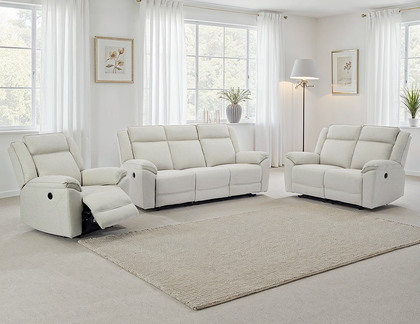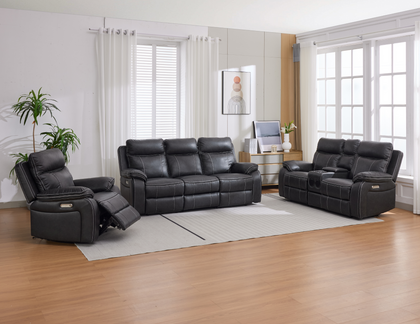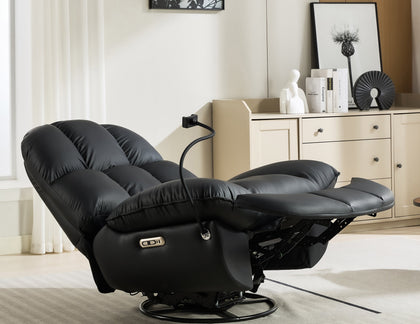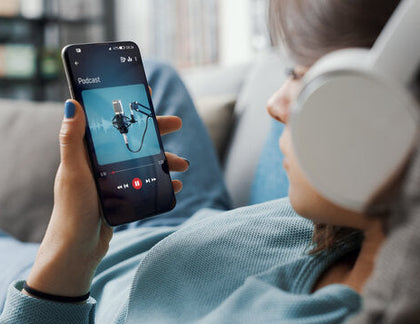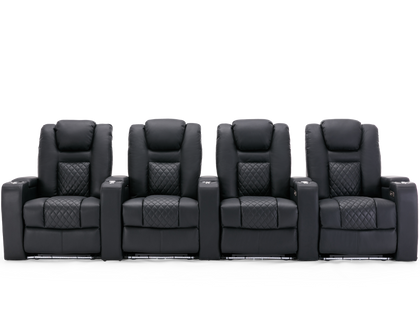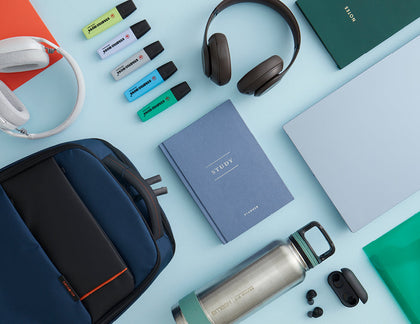Tuesday, 13 November 2018
Sadly, NHS records show that over 2,000 new pressure injuries are acquired every month.
Most often, people living with reduced mobility suffer these uncomfortable injuries, also known as pressure sores, bedsores or pressure ulcers.
We assume that older people are most likely to get pressure ulcers. However, other people at risk are those living with a disability, recovering from injury, or undergoing medical treatment that results in sitting still for long periods of time.
What is a pressure injury?
A pressure ulcer is a skin injury in one localised area, usually where bone, skin and tissue are under pressure - for example, buttocks, heels, elbows or shoulders. The four main contributing factors in forming a pressure ulcer are: surface pressure, shear (sideways motion), friction and moisture. Pressure ulcers are graded according to their severity, from patches of discoloured skin to open wounds showing the tissue underneath.
Prevention is better than cure
Many pressure ulcers can be avoided by taking good care of yourself - and by choosing the right seating. Stay as active as possible and you can do exercises while in your chair, if you are not very mobile. Eat a healthy diet and stay well hydrated. This helps your body to repair itself. Follow a good skin care regime and check pressure areas daily for changes in skin condition. Stopping smoking also reduces the risk of many health problems, not just pressure injuries.
Are you sitting comfortably?
If you habitually sit lopsidedly, it may feel comfortable, but sitting unevenly causes discomfort in the long term and increases the risk of pressure injuries. Sitting with perfect postural alignment distributes your weight equally between both hips, engaging your legs encourages the postural muscles in your core and neck to keep working. If you always keep your remote controls or drink on your right-hand side, you may be curving your spine and putting stress on one buttock without noticing. Try swapping your remote to the left occasionally. It goes without saying that crossing your legs causes uneven weight distribution!
What to look for in a chair.
A supportive chair that helps you sit well is truly comfortable and will improve your wellbeing. Studies show that sitting well aids digestion, helps maintain alertness and reduces anxiety. Remember that slouching on a sofa isn’t the same as being comfortable. People interpret the idea of comfort differently, however, if you are at risk of developing pressure sores, maybe it’s time to quit your favourite comfy sofa or old chair. Invest in a good chair with the right features. For example, some people only need postural support, or assistance when getting up. Other people may benefit from rise-recliners with heat and massage options to help maintain circulation and mobility, such as this Furniture Online Cinemax rise-recliner.
Stop the pressure
Try these top tips from the medical profession to help distribute weight evenly through the body when sitting:
1. Load the body: make sure as much of your body as possible is bearing weight. Find a chair that fits you comfortably, with your legs at a right angle to your body and your feet resting firmly on the ground or footrest. It is important that both sides of the body are in even contact with the chair and bearing weight.
2. Use postural support: Chairs with a tall back and lumbar support allow you to stay upright and reposition yourself effectively when possible. Check that the armrests are also at a comfortable height and are close enough to the torso for you to gain support from them too.
3. Reposition yourself regularly: At least every two hours, to allow the tissues in the weight-bearing parts of your body a chance to re-oxygenate. An electric recliner chair with footrest allows less mobile people to reposition themselves frequently.
4. Choose your seat cushion wisely: It’s the part of the chair taking most of your weight and, therefore, the root of good posture support. An appropriate cushion should adapt to the contours of your body to maximise weight distribution. It shouldn’t collapse or sag. Modern materials such as memory foam are a good option.
If you have a pressure injury or you’re at risk of developing one, don’t suffer in silence. Health professionals can help you avoid pressure sores, and help you make good decisions about maintaining your overall health. Unfortunately, statistics show that people with pressure injuries are also more likely to have other physical and mental health issues.
Good seating is not a cure-all, but it will certainly help your quality of life.








